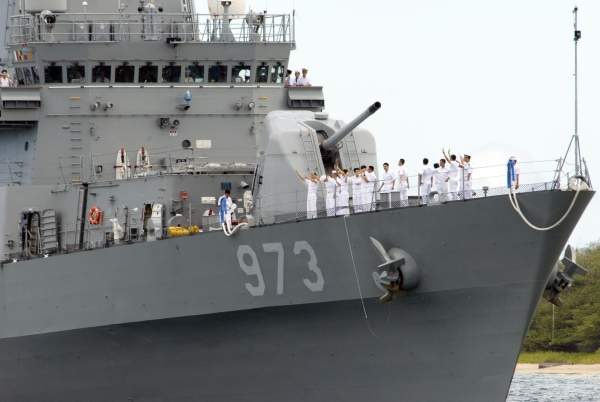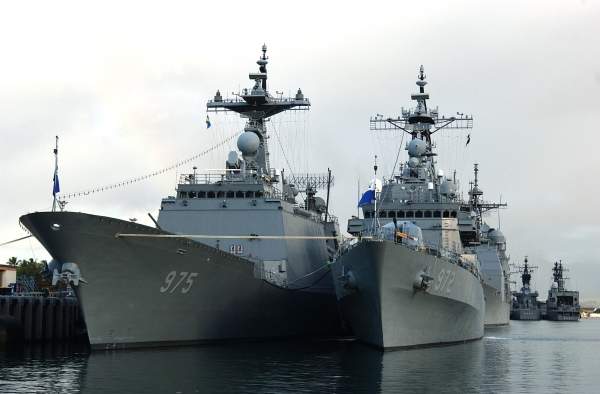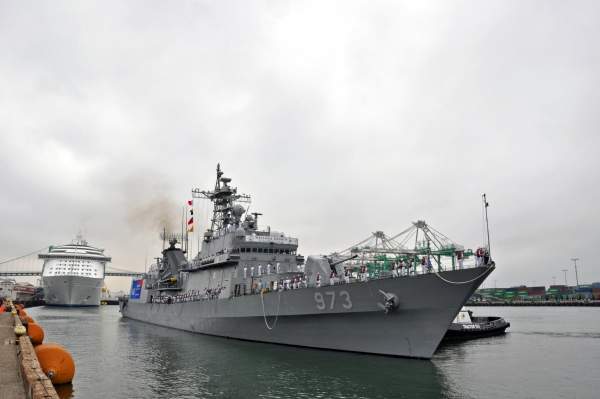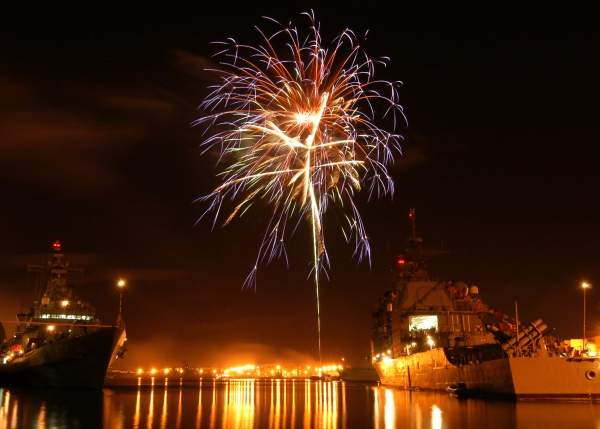The Gwanggaeto the Great Class (KDX-I) destroyers were built by Daewoo Shipbuilding and Marine Engineering (DSME) for the Republic of Korea Navy (ROKN). Three destroyers replaced the older ex-US Navy ships of the ROKN.
Gwanggaeto the Great Class destroyers were developed under the Korean Destroyer Experimental (KDX) programme. It is a three-phase programme which includes the construction of KDX-I, KDX-II and KDX-III destroyer classes.
The ROKN commenced the basic study for the KDX programme in 1981 and unveiled the first prototype in 1984.
Daewoo began construction on the lead ship in class, Gwanggaeto the Great (DDH-971) in 1989. The ship was launched in October 1996 and was commissioned in July 1998.
The second destroyer, Eulji Mundeok (DDH-972), was launched in October 1997 and commissioned in August 1999. The third destroyer, Yang Manchun (DDH-973), was launched in September 1998 and commissioned into the ROKN in June 2000.
KDX-I destroyer class design and features
Designed as multimission surface combatants, the KDX-I destroyers feature self-defence capabilities and superior fire power to strike surface combatants, submarines and aircraft.
The design incorporates sensors, armament, fire control and propulsion systems of US and European origins.
The ships are capable of operating in multithreat environments and can conduct operations either independently or as part of a combat fleet.
The class has four protection zones offering nuclear, biological and chemical (NBC) protection for the crew.
KDX-I has an overall length of 135.5m, beam of 14.2m and a draft of 4.2m. The full load displacement of the ship is 3,885t to 3,900t. Each ship can complement a crew of 286.
Command and control systems on the Republic of Korea Navy operated ships
Gwanggaeto the Great Class is equipped with SSCS Mk 7 combat management system (CMS) from Alenia Marconi Systems (now BAE Systems Insyte).
The CMS includes ten multifunctional consoles and receives combat information from shipboard sensors. It evaluates threats, prioritises targets, plans weapon engagement and executes as well as monitors weapons engagements.
Missiles and naval gun systems onboard Gwanggaeto the Great Class destroyers
Two quadruple launchers mounted on the main deck level amidst the funnel and the helicopter hangar can launch eight RGM-84 Harpoon surface-to-surface missiles.
RGM-84 can carry a 224kg warhead for a maximum range of 124km. The anti-aircraft warfare capability is provided by 16 RIM-7P Sea Sparrow short-range anti-aircraft and anti-missile systems.
The main gun fitted on the forecastle is an Oto Melara 127mm gun. The gun can fire at a rate of 40 rounds a minute for a range of 30,000m.
Two 30mm Goalkeeper CIWS on the Gwanggaeto the Great Class provide close point-defence against aircraft and incoming anti-ship missiles.
Torpedoes and sensors / radars
The Mark 46 torpedoes on the KDX-I destroyers serve as close-in anti-submarine weapons. Two 324mm Mk 32 triple torpedo tubes on either side of the forward end of the helicopter hangar can launch six Mk 46 Mod 5 ASW torpedoes. The Mk 46 can engage the submarines within the range of 11km.
The sensor suite integrates MW08 surface search radar and two STIR 180 fire control radars from Thales Nederland, Raytheon AN/SPS-49(V) 2D air search radar, and Daewoo SPS-95k Navigation radar. The ship is also equipped with ATLAS DSQS-21BZ hull mounted sonar.
Aircraft hangar support and countermeasures of the Gwanggaeto the Great Class (KDX-I) ships
The large hangar and helicopter deck at the stern can support up to two medium sized helicopters, such as Super Lynx.
The destroyer is not equipped with a RAST (recovery, assist, secure and traverse system). The Super Lynx helicopter is equipped to communicate with the shipboard sensors to detect and destroy submarines located at long ranges.
The KDX-I Class is equipped with Argo Systems AR 700 and APECS II Electronic Support and Counter Measures (ES/ECM) system.
The fully automatic APECS II system detects and jams threat emitters using IFM (instantaneous frequency measurement) receivers and jammers. Other countermeasures equipment includes four CSEE DAGAIE MK.2 chaff launchers and SLQ-25 Nixie towed torpedo decoy system.
The KDX-I Class is powered by combined diesel or gas (CODOG) propulsion system integrating two General Electric LM2500-30 gas turbines and two Sangyong 20V 956 TB 82 diesel engines.
The engines driving two controllable pitch propellers provide a maximum speed of 30kt and range of 4,000nmi at 18kt speed.
The Global Naval Surface Combatants and Warfare Systems Market 2011-2021
This project forms part of our recent analysis and forecasts of the global naval surface combatants and warfare systems market available from our business information platform Strategic Defence Intelligence. For more information click here or contact us: EMEA: +44 20 7936 6783; Americas: +1 415 439 4914; Asia Pacific: +61 2 9947 9709 or via email.






